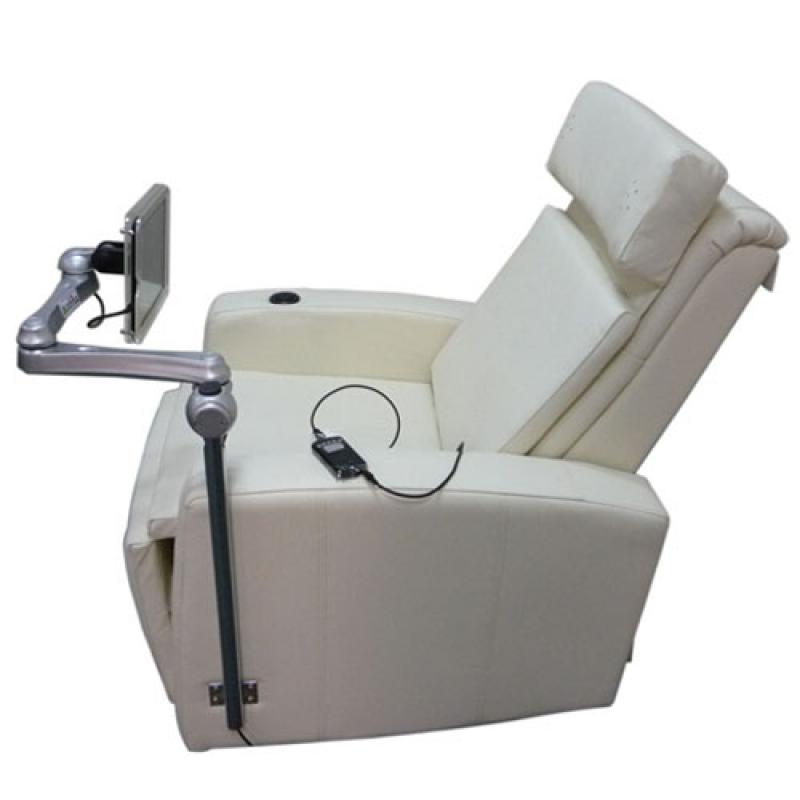Industry information
Music Relaxation Chair: Let Autistic Persons Go to Sunshine
Autism is a kind of disorder of human brain function, which belongs to children's developmental behavior disease. At present, the cause of autism is not very clear. After years of clinical experience and research, the mainstream theory holds that parents subconsciously resist their children, so that children also reject the environment and interpersonal relationships, and live in their own world.
Some methods, such as intensive behavioral therapy, vitamin therapy, prevention of food sensitivity, comprehensive auditory training, sensory training, speech therapy and music therapy, are helpful to many people with autism.

Music Relaxation Chair Pictures
Music Relaxation Chair plays a unique role in the treatment of autism. Everyone has a innate interest in and response to music. According to a study on the response of newborn babies to sound (Standley & Madsen 1990), the voice of their mothers is the most popular one for newborn babies, followed by women. Sound and music, because the response of newborn babies to music has not gone through a stage of learning, this shows that our love of music is inherent.
An autistic child knows the changes in chord roots hidden in music, which many professional musicians may not be able to do; another autistic child can recognize different symphonies and their authors at the age of one and a half.
Because of the strong reaction and interest of autistic people to music, appropriate music activities can enhance their sense of participation, and also greatly enhance their recognition of therapists in the course of treatment or training.
For example, when a therapist plays a children's song which is a favorite of the client, the song can become a bridge for communication between the two people, strengthen the sense of identity, and then promote the effectiveness of treatment and training.
If we make good use of it, the reinforcing effect of music on autistic people can enhance the exchange conditions of therapists in the course of treatment.
For example, the therapist asks the client to name the instrument before giving the instrument a musical activity; or when playing the piano, the sound of the piano naturally becomes the reinforcement of minor muscle training, so the use of music as a reward strengthens the plurality of the reward in the past ten years and reduces the use of food. The inconvenience of reward, reward also comes more naturally.
Dr. Temple Grandin is an autistic person who talks about her childhood sensory experience in her book Grandin (86). She talks about music experience. Her thinking is mainly about the way of image thinking. She has great difficulty in processing sound data by hearing, and even can't remember what others say. Melody is the only non-image material she can remember. She suggests that a good autism treatment plan should include behavioral therapy, sensory therapy, speech therapy and music therapy.
Dr. Olav Skile, a Norwegian educator and therapist, and Dr. Komatsu, director of the Japan Music Therapy Alliance, have gone through more than 20 years of research and design. The development of this technology is based on the research that external vibration can promote body function, which is recommended by Dr. Marlanto, a powerful music therapy giant of AAMT in the United States.


